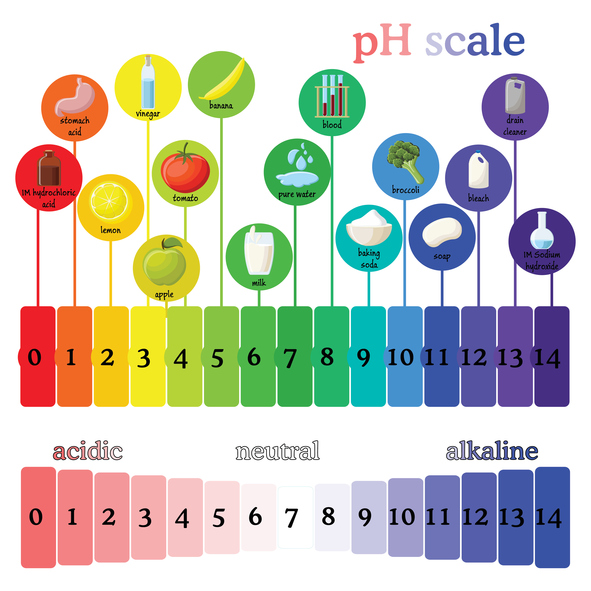Chemical Peel Neutralizer
Background:
In order to provide proper protection against outside invaders, our skin produces a thin film called the acid mantle. The acid mantle consists of sebum, the fats secreted by your skin's glands. We refer to this layer as an "acid" mantle because this protective secretion is slightly more acidic than water, with a pH between 4.5 and 6.

The layer acts as an effective barrier to contaminants such as bacteria and viruses. As these come into contact with your skin, they’ll adapt to the pH of your acid mantle. Should bacteria or viruses from the skin then penetrate your body and come into contact with your blood, they will encounter an environment to which they have not adapted and likely die.
The Process:
During the chemical peel process, you change the pH of your skin temporarily from slightly acidic to very acidic. As the chemical peel damages your skin in a controlled manner, it will produce a superficial wound designed to expose softer, smoother and more radiant skin.
A neutralizer will allow you to control the depth of any peel and stop frosting, should it occur. It will also ensure that the acid on your skin stops working after you've completed your treatment. This step refers to neutralization.
You may already be familiar with the concept of a base's neutralizing properties. When a base is added to an acid, the pH of the solution rises, causing neutralization. You may neutralize your peel applying a neutralizing solution gently with your hands or a soft washcloth.
How To:
To create your own neutralizer at home, mix 1/4 cup of baking soda with four cups of water.
Purchase:
Your chemical peel purchase will include detailed instructions for the application, neutralization and aftercare of your chemical peel. We do not ship a neutralizer or baking soda with your purchase since our chemical peels allow for repeated applications, each requiring its own neutralization procedure.
Have more questions about chemical peels? Check out our
additional resources here.